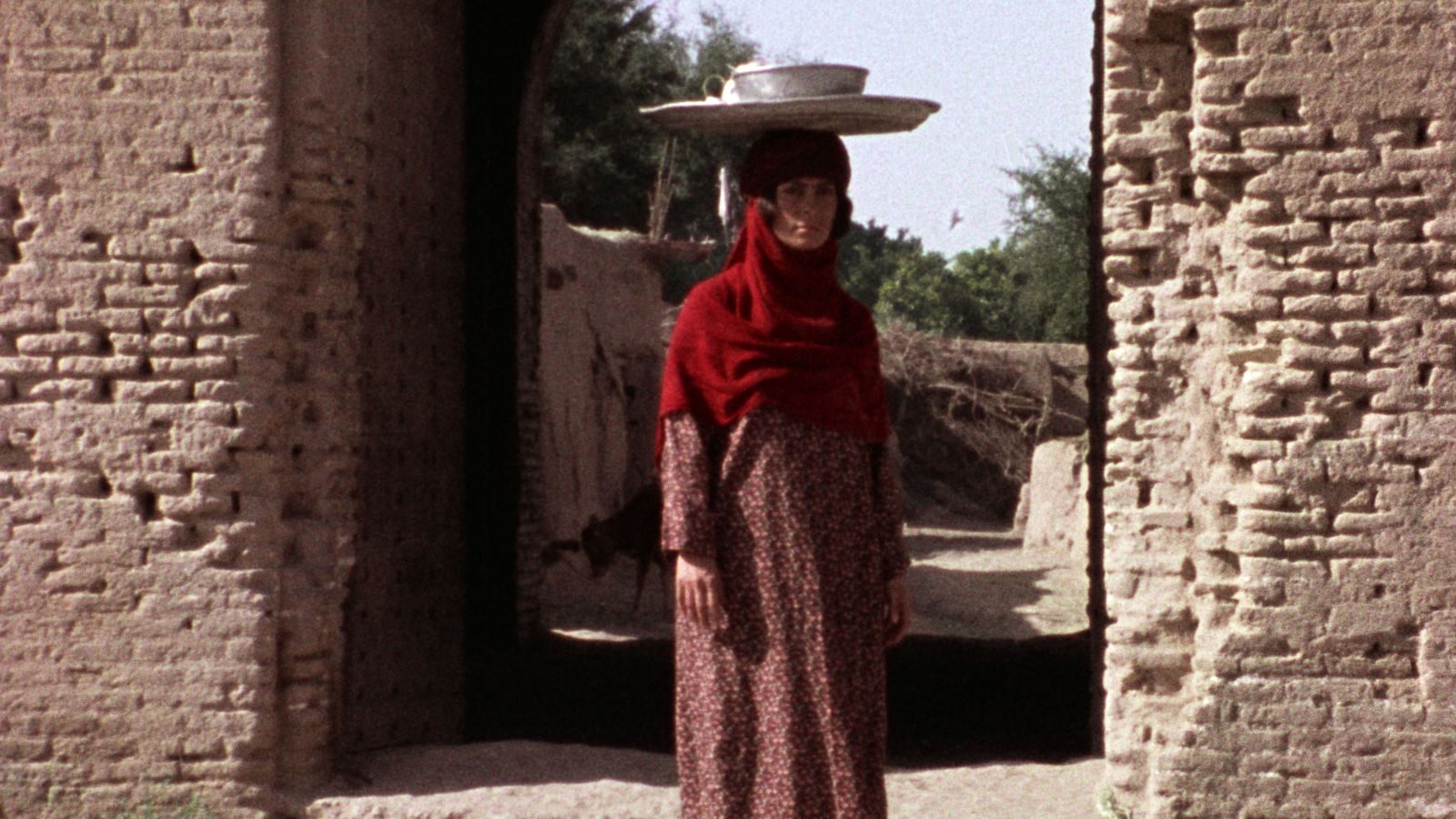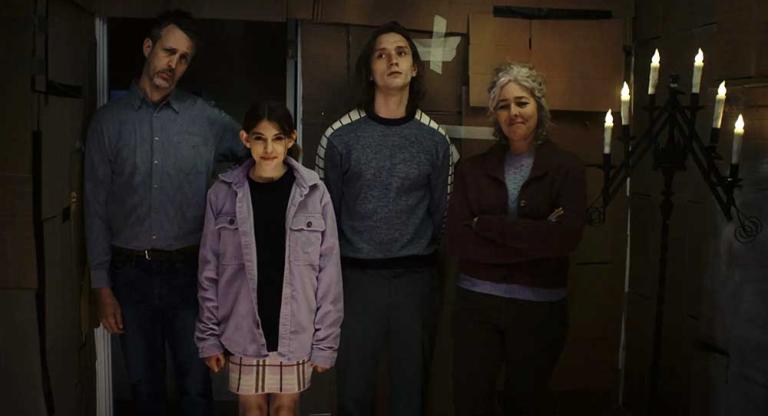In The Sealed Soil (1977), a young woman’s disappointment with the lack of autonomy in her life is seen as an act against god. Marva Nabili’s film follows Roo-Bekheir, an 18-year-old living in a poor village in pre-revolution Iran. The woman’s everyday routine is carefully observed—the sorting and washing of rice, the foraging of greens, the sewing of her sister's school garments, and the setting and cleaning of dishes. Every one of Roo-Bekheir’s tasks is in preparation for something to come, some future need or occasion. She needs to get serious about marriage, and wash her pink dress for a suitor’s visit. She needs to ready herself for the displacement of her village, which will be leveled for a state-sanctioned construction project. But Roo-Bekheir doesn’t want things to change, nor does she want them to stay as they are. She’s 18–quite old for being unwed and childless in her village—but young, nonetheless. She just wants to be. When she begins to withdraw from socializing, rejects another spate of suitors, and stages a cathartic emotional outburst, she’s taken to the local spiritual healer. She must, the village’s women believe, be possessed by the devil.
In The Sealed Soil, what is perceived as possession is in fact a young woman enacting her own will, something that Roo-Bekheir’s misogynist village is not equipped to understand. While on a formal level Nabili’s film feels miles away from the Hollywood classics of angst and alienation like Rebel Without a Cause (1955) or The Wild One (1953), it shares the same notion that just wanting to think for oneself can be a harrowing thing. In one of the film’s most arresting scenes, Roo-Bekheir lays in the brush in a wooded thicket. It begins to rain and she reaches for the droplets with her hand. She takes off her head covering, then unbraids her hair, then pulls off her dress. There in the woods, her body caressed by rain, she’s truly, mercifully alone, where no one can judge her for feeling something only she can feel.
The film’s pace is slow, but not languid; its tone pregnant with its protagonist’s inner frustrations. There is little dialogue, as Roo-Bekheir’s silence holds in it a fierce rebellion that chastens others from approaching her. Nabili’s use of music, too, is sparse. The film is shot in grainy 16mm, with little camera movement, but precise framing that feels influenced by Nabili’s background as a painter. The Sealed Soil is the earliest Iranian feature directed by a woman that survives in its completion. Shahla Riahi’s Marjan (1956), the first feature film directed and produced by a woman in Iranian film history, survives, but not in its entirety, with only two reels presently available for viewing. Along with Maryam and Mani (1979), which actress Shahrzad (credited as Kobra Saeedi) wrote and directed, one of the only other known female-directed features prior to the Iranian Revolution of 1979, and Forough Farrokhzad’s pioneering short documentary The House is Black (1962), the list of pre-Revolution women-made works is rather meager.
The Sealed Soil runs May 30-June 5 at BAM. Director Marva Nabili will be in attendance for Q&As on May 30 and May 31.



